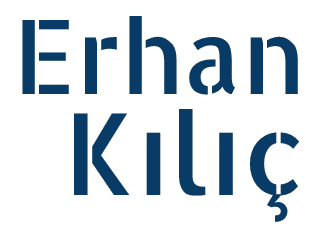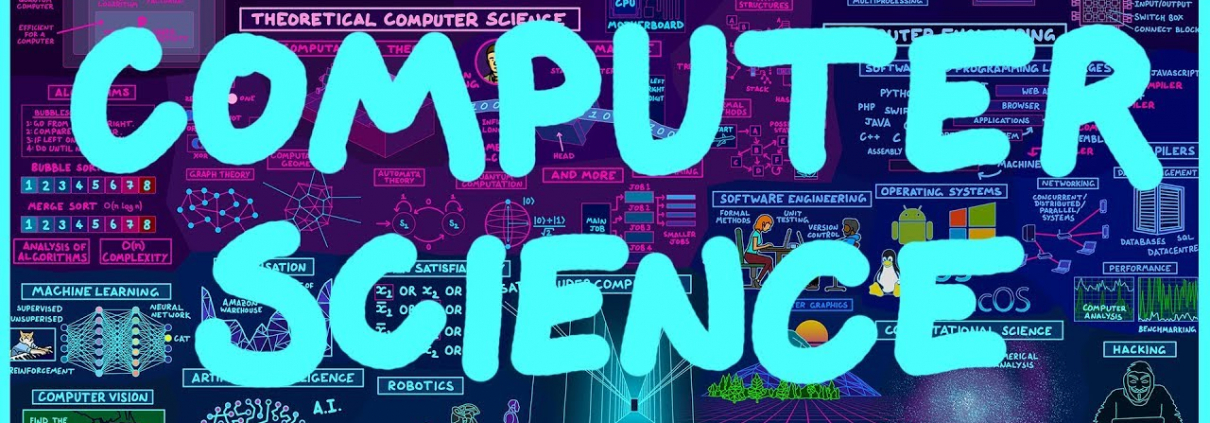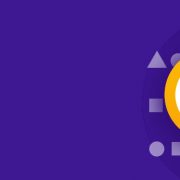Building a Solid Foundation: The Comprehensive Curriculum for Learning Computer Science
In our increasingly digital world, the significance of computer science cannot be overstated. From powering our smartphones to enabling complex simulations and innovations, computer science underpins many facets of modern life. Aspiring to become proficient in this field demands a structured and comprehensive curriculum. In this article, we will delve into the essential components of a curriculum required to learn computer science thoroughly.
Introduction to Computer Science
Every journey begins with a single step, and in the realm of computer science, that step involves understanding its fundamentals. The introductory phase provides an overview of key concepts, historical context, and the fundamental ideas that shape the discipline.
1. Introduction to Programming:
Learning the basics of programming languages, variables, data types, and control structures. Python, Java, or C++ are popular languages for beginners.
2. Algorithms and Data Structures:
Understanding algorithms, their efficiency, and implementing fundamental data structures like arrays, linked lists, stacks, and queues.
3. Computer Architecture:
Gaining insight into the internal workings of computers, including the CPU, memory, input/output systems, and how they collectively execute programs.
Core Concepts in Computer Science
With the foundational knowledge in place, the next phase delves into the core concepts that define computer science.
1. Object-Oriented Programming (OOP):
Delving deeper into OOP principles, design patterns, and concepts like inheritance, polymorphism, and encapsulation.
2. Operating Systems:
Exploring the functionality of operating systems, including process management, memory management, file systems, and how they interact with hardware.
3. Databases:
Understanding database systems, SQL, normalization, and working with data to develop efficient and scalable data storage solutions.
4. Computer Networks:
Learning about network protocols, architecture, routing, and security to grasp how data is transmitted across the internet.
5. Software Engineering:
Delving into the software development lifecycle, version control, testing, debugging, and best practices for building robust and maintainable software.
Specializations in Computer Science
As one progresses in their learning journey, they can start to specialize in specific subfields based on their interests.
1. Artificial Intelligence and Machine Learning
Exploring AI concepts, neural networks, and algorithms that enable machines to learn from data.
2. Web Development:
Mastering front-end (HTML, CSS, JavaScript) and back-end (server-side scripting, databases) technologies to create interactive and dynamic web applications.
3. Cybersecurity:
Understanding security threats, cryptography, ethical hacking, and developing strategies to protect digital assets.
4. Database Management:
Diving deeper into advanced database topics like data warehousing, data mining, and big data management.
5. Graphics and Game Development:
Learning about computer graphics, 3D modeling, and the development of interactive games and simulations.
Advanced Topics and Research
For those aiming to push the boundaries of knowledge, advanced topics and research in computer science offer an exciting path.
1. Computer Vision
Exploring how computers can interpret and understand visual information from the world, is a critical component in fields like autonomous vehicles and image analysis.
2. Natural Language Processing:
Investigating how computers can understand, interpret, and generate human language, is crucial for applications like language translation and chatbots.
3. Quantum Computing
Delving into the principles of quantum mechanics to understand and harness the power of quantum computers, which have the potential to solve complex problems much faster than classical computers.
4. Distributed Systems:
Studying how to design and manage systems that consist of multiple interconnected computers or nodes, common in cloud computing and large-scale applications.
Practical Projects and Real-World Applications
A comprehensive curriculum in computer science should emphasize practical implementation and real-world applications.
1. Capstone Projects:
Engaging in complex, multi-disciplinary projects that incorporate multiple concepts learned throughout the curriculum.
2. Internships and Work Experience:
Gaining hands-on experience through internships or part-time work in the industry, applying theoretical knowledge to real-world scenarios.
3. Open Source Contributions:
Contributing to open-source projects to collaborate with developers worldwide and improve existing software.
Conclusion
The field of computer science is vast and ever-evolving, making a structured curriculum essential for aspiring computer scientists. From building a strong foundation in programming and algorithms to specializing in areas like AI, web development, or cybersecurity, a well-rounded curriculum provides the tools needed to excel in this dynamic field. By embracing the core concepts, specializing in areas of interest, and delving into advanced topics, individuals can embark on a journey that not only equips them with valuable skills but also empowers them to shape the future through innovation and creativity.







